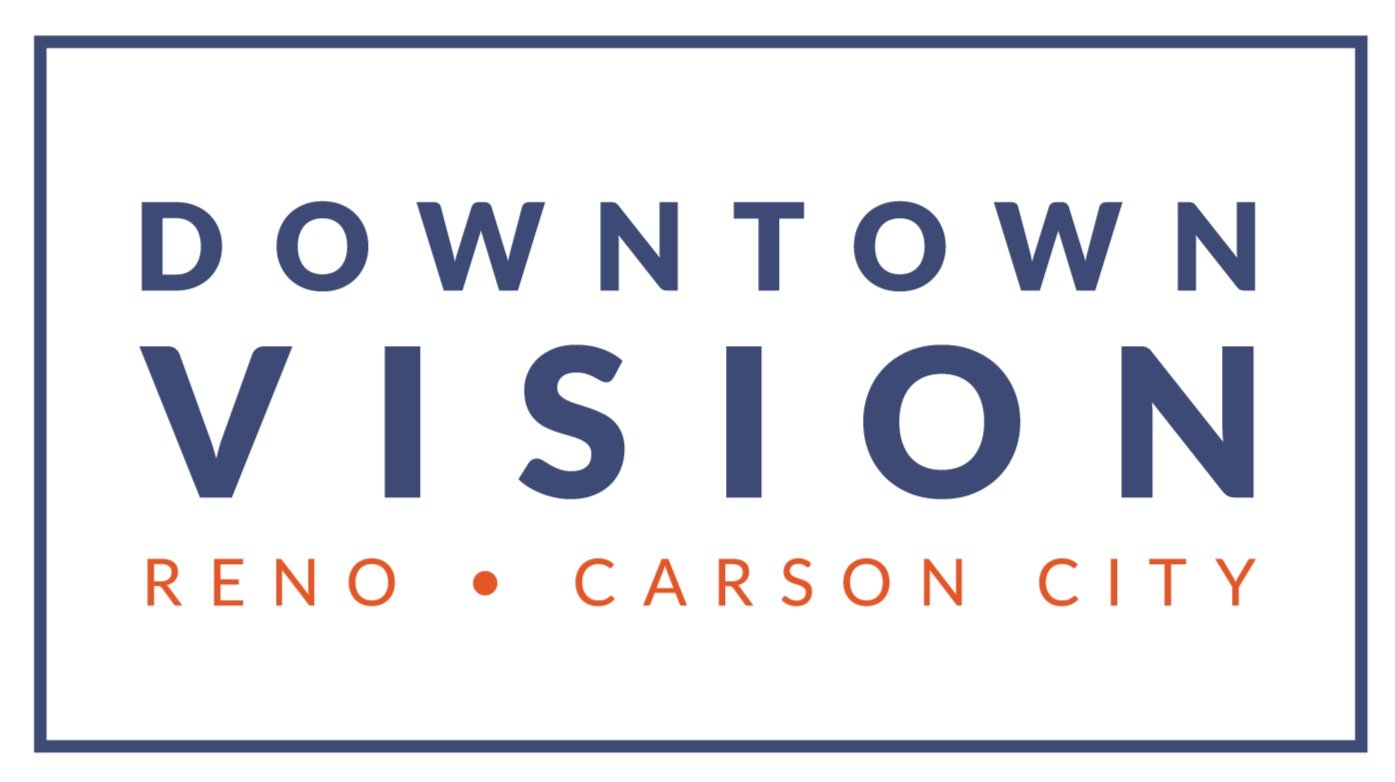Making First Contact with Contact Lenses
Here at Downtown Vision, we give a lot of love for the four-eye world. With so many styles of frames to choose from and customizable lens options like transitions, not to mention using the latest high-tech instrumentation for eyewear, it’s no secret: we’re Reno’s go-to spot for glasses. But our passion for eyes goes much further than just glasses. We specialize in contact lens fittings and use the same high-tech methods to not only get your contacts just right, but also to have a wide selection of contact types to find that perfect look, from multifocal lenses to transition lenses.
This week marks the CDC’s Contact Lens Health Week, which makes this the perfect time to introduce you to the wonderful world of contact lenses! If you’ve never worn them or have been considering them, we have all the info you need to know to find the right contacts.
There are five different kinds of contact lens overall, all made from different materials and can be used for different purposes. Soft lenses made from silicone hydrogels, for example, are the most popular type of contact in the US for their immediate comfort and breathability. They tend to be great for regular wear, and a lot of daily wear contacts will be made from these soft hydrogels. Meanwhile, gas permeable (GP) lenses are more rigid, while they also allow oxygen to pass through like their soft lens cousins. GP lenses usually provide a sharper vision than soft lenses due to their structure, but take a little more time to get used to. In addition to those two popular choices, other types of contact lenses include a hybrid of the two, silicon-free hydrogel lenses, and now-obsolete and rarely prescribed PMMA lenses.
Contacts can also be differentiated by how long they’re meant to be worn. Daily wear and extended-wear contacts are, as the name would suggest, meant for short-term and long-term uses. Daily wear contacts are meant to be easily disposable and are changed out daily. Extended wear contacts can be worn for longer than a single day, although they should be removed every seven days to be disinfected and cleaned before being used again. And even then, these extended-wear contacts should be fully replaced as directed.
There’s a lot of next-generation tech that’s being studied for potential uses in contacts, too. Take these contacts that can actually zoom in when you blink twice: while no plans are being made for these to be available on your next eye doctor visit, they open a world of possibilities for how we can continue advancing contact lenses. Another advancement in contacts that are actually available to you: multifocal contacts. These contacts lenses act kinda like bifocals or reading glasses, giving you sharper vision at certain distances. Multifocal contacts are great for certain vision problems like presbyopia, a common form of farsightedness that usually affects middle-aged and elderly adults.
We even offer a new take on transitions: transition contact lens. These are just so cool you’ve got to see them in person. These lenses use the same photochromic technology in transition eyeglass lens to automatically tint to cut glare and protect the eyes in bright light. Now I know what you’re thinking: it would look pretty freaky to see someone walking down the street with these contacts on. But they don’t tint as dark as transition eyeglasses, meaning you can still tell what color eyes you have. Rather than totally tinting your eyes, they tint juuuust enough to be helpful in bright light situations, cutting glare and reducing the need to squint.
Like all things, there are certain rules and tips we recommend if you’re curious about getting contacts. First, daily care is incredibly important. Our eyes aren’t exactly used to having something placed directly on top of them, and we need to care for contacts to prevent lens deposits and eye infections. Many may recall recent news of a woman in the UK who went blind after leaving her contacts in too long, showering and sleeping with them left in. While the infection she had was rare, it still highlights the importance of regular contact removal and cleanings, to ensure your eyes are nice and healthy. We also recommend buying contacts from a brick and mortar store, rather than shopping online. Like our article on buying glasses online, buying contacts online can be just as risky and full of misinformation. 1 800 Contacts is still fighting a complaint from the AOA for misleading customers to take their extensive online vision test that is neither extensive nor accurate.
Along with daily care, do research on what works best for you! At Downtown Vision, our specialists can sit down with you and help you find contacts that are comfortable for you to wear and fit perfectly, ensuring you have the perfect vision you want. Contacts are more affordable and easier to care for than ever before. On this year’s Contact Health Week, we encourage you to come in and learn more about contacts and how we can help find the right ones for you. Who knows: maybe your next fashion statement might be going glasses-less.

